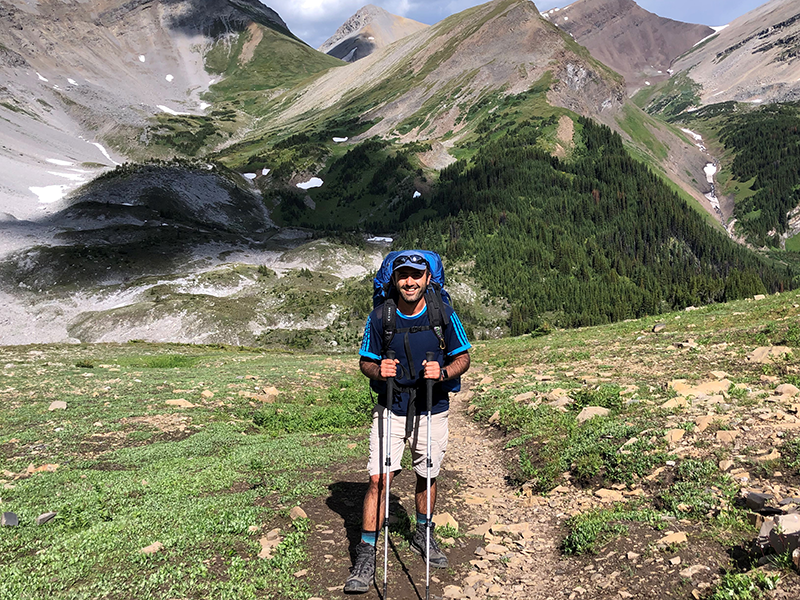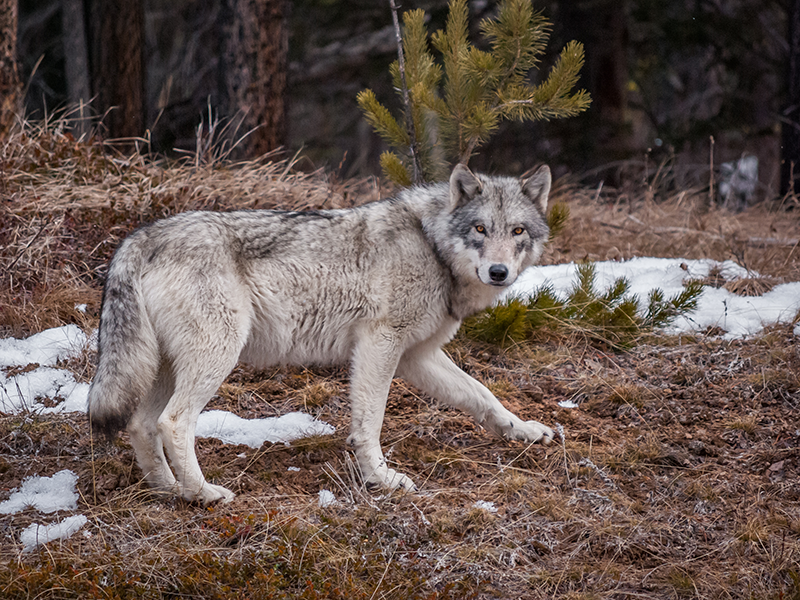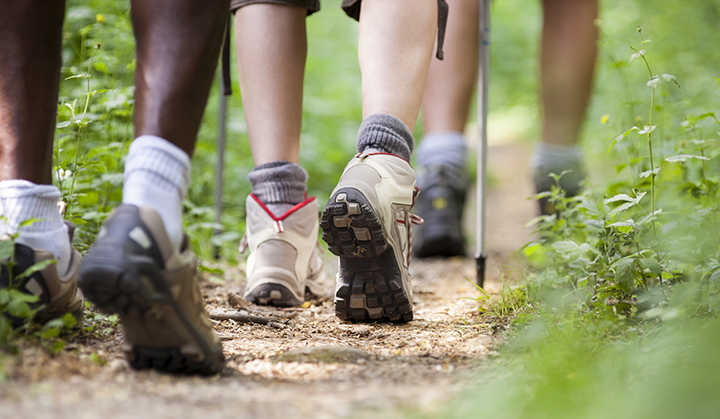Alberta’s plans to cut parks also cuts access to nature
Parks are more than the segments of land you see outlined on maps. Think of a park where you have created meaningful memories; maybe the one where you caught your first fish, found your favorite wildflower, or perhaps your recent go-to during the pandemic.
Parks are dedicated spaces in which people can discover what connecting to nature means to them. What’s more, parks provide essential habitat and protections for plants and animals dealing with the compounding effects of climate change.
The Alberta government’s 2020 parks cuts announcement not only threatens the province’s diverse wildlife species, it overlooks the important role of parks in getting people out into nature regardless of ethnicity or national origin, race, gender, age or physical ability.
People love parks, and parks are a place for all people.
The 175 parks slated for full or partial closure represent 37 per cent of Alberta’s provincially protected areas. More than half of the impacted parks fall within the Yellowstone-to-Yukon region. These lands represent many of the most accessible park lands for visitors and residents alike.
The numbers are telling; people are far from pleased with this decision. A recent survey shows 7 in 10 Albertans oppose the closure or removal of these parks. Y2Y’s partner, Canadian Parks and Wilderness Society (CPAWS), notes that the majority opposition to parks closures and removal of parks from the system is consistent across urban, suburban and rural areas, age groups and income levels.
People love parks, and parks are a place for all people. Here are three ways parks and diversity go hand-in-hand.
1: Parks are an accessible entry point to nature
The Covid-19 pandemic has highlighted how much parks matter for physical and mental rejuvenation, as well as human connection. Wherever you live, you may have also noticed lineups of vehicles on highways on their way to the nearest hike, picnic site or campground.
Globally, regional and national parks help identify where one can go to experience the great outdoors. As such, parks may act as an accessible entry point to nature for new Canadians and their families.
By 2046, Alberta estimates people arriving from other countries will make up 46 per cent of the population’s share of growth. Opportunities within parks such as comfort camping and maintained trails improve affordability and accessibility for marginalized communities and immigrants.
Javan Mukhtarov moved to Canmore, Alberta from Azerbaijan in 2014. From the get-go he has developed a strong connection to the community through recreating with others in nearby parks like those in Kananaskis.
“Everyone belongs in nature, so everyone should have equal access to parks and resources that help them experience the outdoors,” says Javan, who has been organizing hiking trips and introductory recreation events for other newcomers in his personal time and through his job since arriving in Canada.

2: Parks structure can help make the outdoors more inclusive
Parks can also encourage the diversity of people who visit them.
There is no mechanism to encourage diversity of visitors on public lands. However, within provincially-managed parks, there are many opportunities to do better. This includes breaking down barriers to access, improving representation in programming, seeking ways to make parks safer spaces, and providing valuable and accessible information on sharing space with wildlife.
“With existing parks in Alberta, we can challenge our government, ourselves, and other organizations to make improvements that promote diversity, not limit those opportunities,” says Y2Y Alberta program manager, Adam Linnard.
Javan adds that signage only in English and French can be a language barrier for those who don’t speak either of the languages fluently. Having the structure of parks in place can, and should be an opportunity to help change that, which could include more use of universal visuals to improve communication between parks and visitors.
“When there is a park, there is management that provides educational programs, as well as rules and regulations to help people understand how to take care of the land and the wildlife. It is important to have strong park management that provides environmental protection, educational programs and also creates a better outdoor experience for the visitors,” Javan says.
Wildsmart’s Nature for Newcomers is one such resource, providing new Canadians and English as a Second Language residents and visitors with information on wildlife safety in their native language.
3: Parks help keep wildlife connected and protected in Alberta and beyond
Large, intact lands like those found in our parks are not only great for sightseeing and recreation but are necessary for guarding against the impacts of climate change, says Y2Y’s president and chief scientist, Dr. Jodi Hilty.

Home to a long list of vulnerable species, Alberta’s parks support biodiversity. Whether it’s grizzly bears, fish, or wolves, parks and protected areas help species stay connected, improving their chance of surviving and thriving. Even small parks can make a significant difference for wildlife by concentrating visitors and providing clear points of access. By supporting Y2Y, you are helping enable those connections.
Removing parks status also opens up the wilderness to “alternate management approaches.” Albertans were shocked when more than 20,463 square miles (53,000 square kilometers) of Alberta’s Rocky Mountains and foothills became suddenly available for open-pit coal mining following the government’s recent rescindment of a decades-old provincial coal mining policy.
Your voice matters
After months of pushback from Albertans and overwhelming demand for outdoor recreation opportunities during the pandemic, Alberta Parks announced it would continue to operate 17 of the 20 parks facilities that are slated for full or partial closure until the end of 2020 camping season.
This is a positive step, and shows how public demand and desire to keep parks matters. Your voice matters.
You can continue to make a difference by helping us ensure Alberta’s wild places can thrive into the future, so they continue to be places for all folks to experience. Thank you for speaking up with us and our partners. We can’t do this alone!
Write to your MLA and the Minister of Environment and Parks to tell them why you love Alberta’s parks, and let them know the impact this decision will have on the ability of Albertans and visitors to experience our province’s amazing landscapes and recreation.
After that, sign the petition below.


